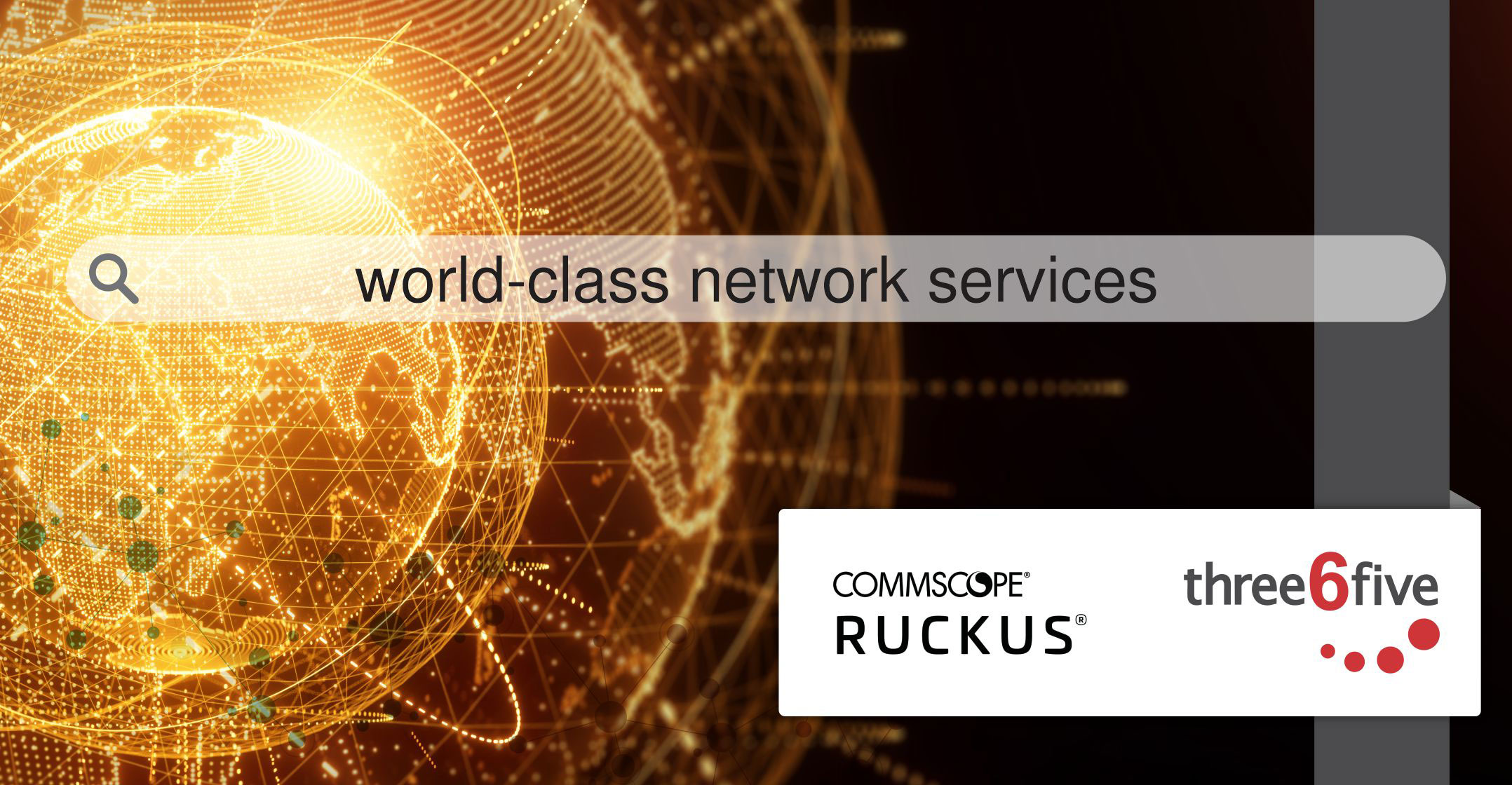 The whole point of taking your business digital is the ability to scale your network, services and infrastructure so that you can engage with your customers in new, exciting and simplified ways.
The whole point of taking your business digital is the ability to scale your network, services and infrastructure so that you can engage with your customers in new, exciting and simplified ways.
Traditional IT managed services are still relevant, but they’ve been around for a while, tend to operate in silos and were not created for the digital age.
What we mean is, you’ll likely have one service provider managing your security, another supporting your data centres, another managing your network, etc. Each silo addresses a specific need but also adds unnecessary complexity to your architecture, especially when you try to integrate them into your existing platforms or applications.
Businesses need something new for the digital age; a new way of working and a new way to deliver managed services — one that moves away from a static, unscalable and problem-focused approach, to a holistic, elastic and outcomes-focused approach.
It’s time to turn the traditional managed services model on its head, with Digital Business Infrastructure Operations.
What is DBIO?
Digital Business Infrastructure Operations (DBIO) is an end-to-end approach to delivering managed services. It spans the entire digital value chain – from the core to the edge – and is supported by robust network and security infrastructure.
Instead of starting with the problem you need to solve – as in the traditional model – DBIO starts with the business outcome you want to achieve, like serving customers faster, reducing friction in your operations or reducing operational costs, among others.
DBIO then reverse engineers the problem, to come up with the technology you need – or the optimisation you need to make – to achieve your specific business outcome.
In other words, with DBIO, consultation meets technology to drive business outcomes. Key to success is an understanding of your business needs and how to support those along a value chain that reaches every digital touchpoint across your core, security, network and edge operations.
Although traditional managed services still play a role, they’re no longer the main driver. Rather, they slot into a stack within a broader digital business strategy that’s focused on delivering business outcomes.
With DBIO, it’s no longer just about managing, operating and supporting your digital network and technologies, but also about ensuring you have an experienced partner that can continually optimise and enhance the infrastructure that supports your digital business solutions and helps achieve business outcomes.
 DBIO rules of engagement
DBIO rules of engagement
DBIO moves away from addressing business problems at a particular moment in time, to engaging the problem on a different level. It starts with answering these questions: What are the business goals? Where are the gaps? What technologies, touchpoints and digital managed services do you need to achieve your goals?
Start with the business outcome
Advances in digital technologies let you create defining moments for your customers. How you embrace those moments will define your business outcome – and your infrastructure should be mapped to these.
Do you want to reduce customer effort? Improve the customer experience? Increase customer engagement and interaction? How can you optimise what you already have and what technologies do you need to move your business in the right direction?
DBIO involves the management and optimisation of the traditional infrastructure that supports your digital business solutions and business transformation – such as LAN, Wi-Fi, WAN, security, your physical network and cloud infrastructure. But it goes a step further by combining this infrastructure with digital technologies and their related managed services to empower you to deliver in-the-moment experiences to customers.
Scalable engagement happens at the digital touchpoint
Creating a business moment at a digital touchpoint is a new scalable way of engagement.
Anything that’s digital in your business and that helps you to deliver your services is a touchpoint. Things like devices, applications, software and components. Every touchpoint offers an opportunity to drive scalable engagement across your business and with your customers and other stakeholders.
Through DBIO, you can discover all those touchpoints and how to get more value out of them. During this process, you might be surprised to find touchpoints that you had overlooked or taken for granted. The advantage of this is that you can do better with what you have, while uncovering new ways to engage your customers.
DBIO then puts you on a path to achieving your business outcomes, ensuring that all your digital touchpoints – either existing or those you will still create – are moving you in the right direction. Because the more touchpoints you have, the more engagement you can drive, the faster you can scale your digital strategy.
SLAs should focus on outcomes, not uptime
As with traditional infrastructure, service level agreements (SLAs) are still important, but they need to evolve to support digital ways of working and reflect real-life, tangible measurables.
DBIO is a more accountable approach to managed services. It moves away from traditional performance SLAs to a model that measures success in outcomes.
It’s a transparent way to monitor progress and drive digital transformation. It’s also a tangible way to measure success because there’s no denying whether objectives have been met.
Security, built in
DBIO takes a strategic, end-to-end approach to security, recognising that it doesn’t make operational or financial sense to try to protect everything.
In protecting the right things and resisting the temptation to protect everything, DBIO recognises what’s important so that you can better protect your assets and enrich your business through reduced cost and complexity.
Static to dynamic infrastructure
When you’re no longer limited by legacy implementations or dependent on your underlying network’s capacity and capability, you can start offering additional overlay services that you normally wouldn’t offer.
Traditional infrastructure will always play a role, but traditional technology alone will not make you competitive in the digital age. It’s time to move away from legacy to a dynamic managed network that lets you make decisions and drive business engagement at exactly the right moment.
The right digital infrastructure partner can enable this level of agility and empower you to respond with real-time relevance and create moments that stick.
Experience the transformational potential of moment-driven IT. Experience DBIO.
- George Stylianou is CEO of three6five and Adam White is the company’s chief technology officer
About three6five
Three6five is a leading Digital Business Infrastructure Operations (DBIO) solutions provider. Founded by engineers in 2006, three6five understands how to apply digital technologies and how to build and manage digital networks that work best for businesses. It helps clients to identify and seize in-the-moment, business-defining outcomes, helping them to create, deploy and support the forward-thinking infrastructure they need to translate digital technology into business success. Three6five is a proud B-BBEE level-2 contributor.
- This promoted content was paid for by the party concerned




